Scientists have identified a rare condition in which people feel no pleasure from music, revealing a surprising disconnect between the brain’s auditory and reward systems.


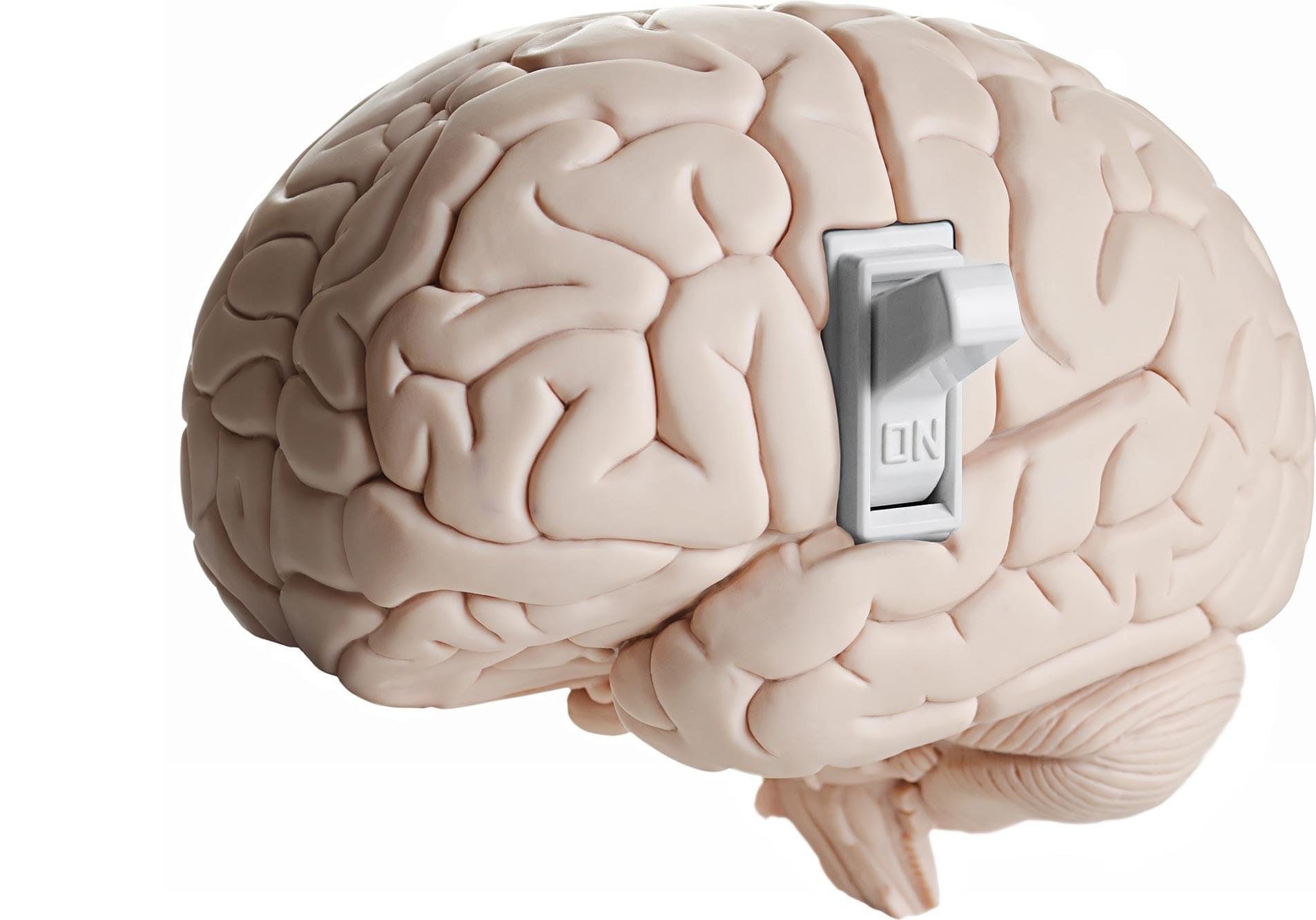

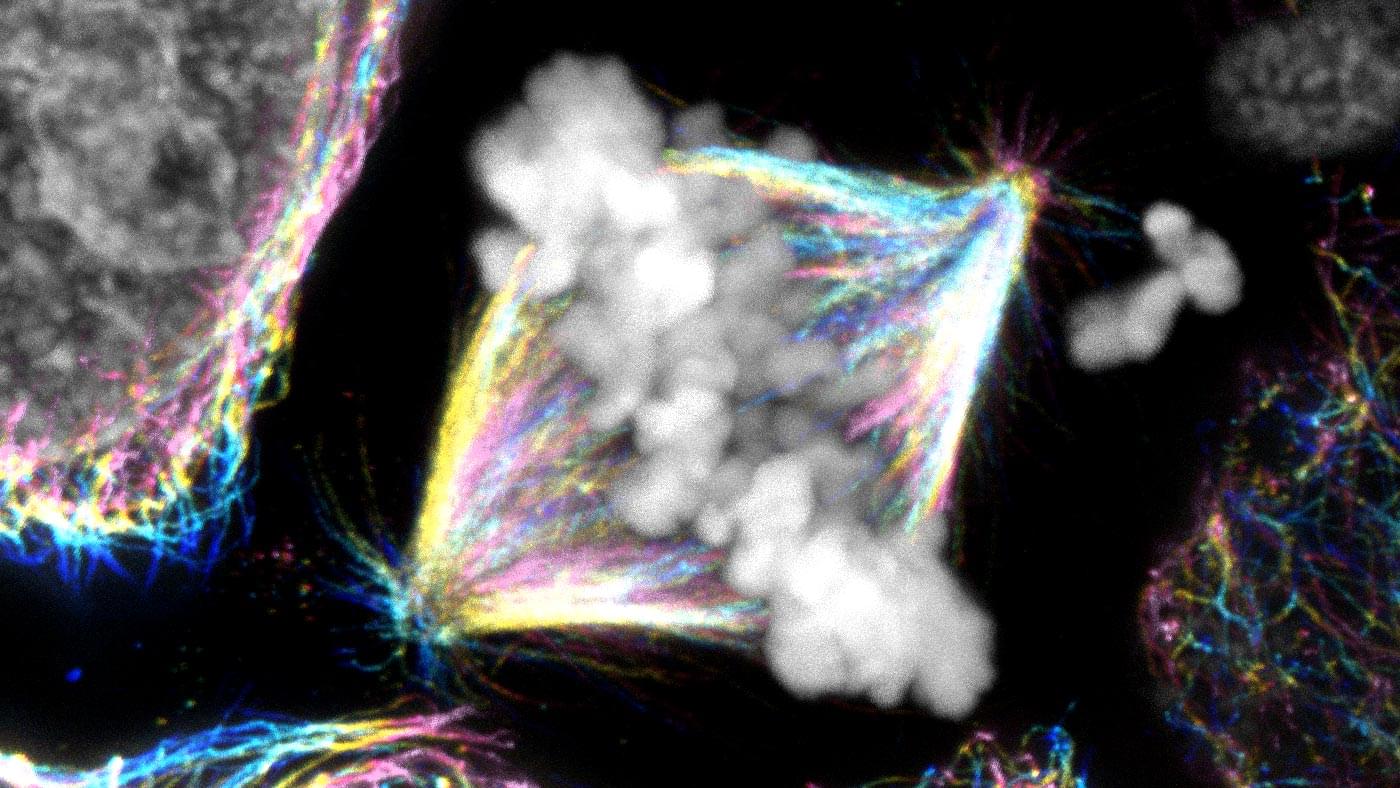


(Visit: http://www.uctv.tv/) Watch the Entire Program Here: https://youtu.be/0Z7PWRZHEnATam O’Shaughnessy, Executive Director of Sally Ride Science@UC San Di…
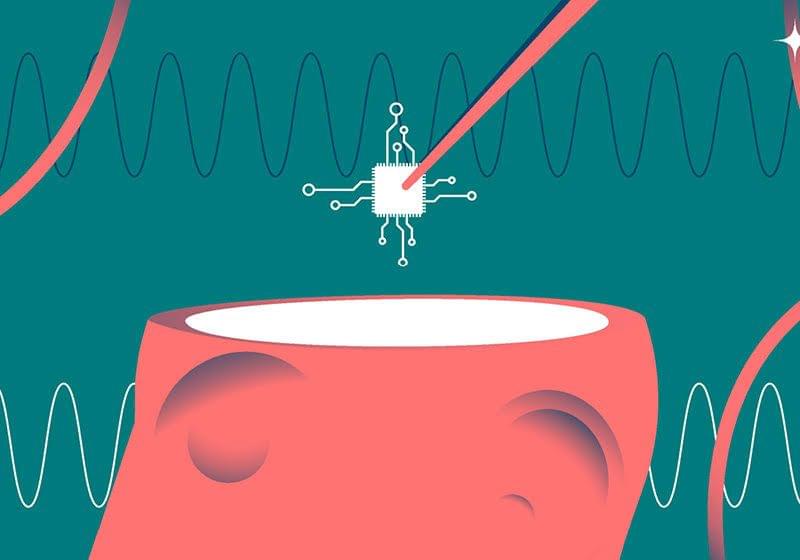
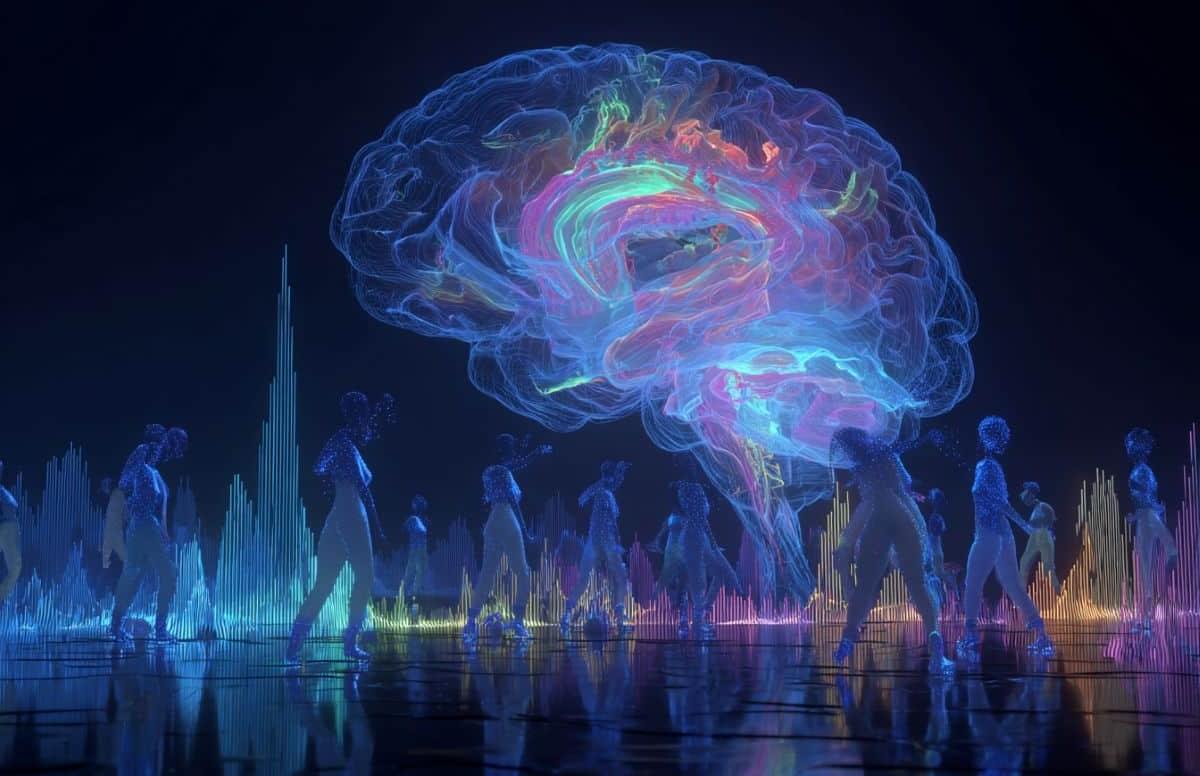
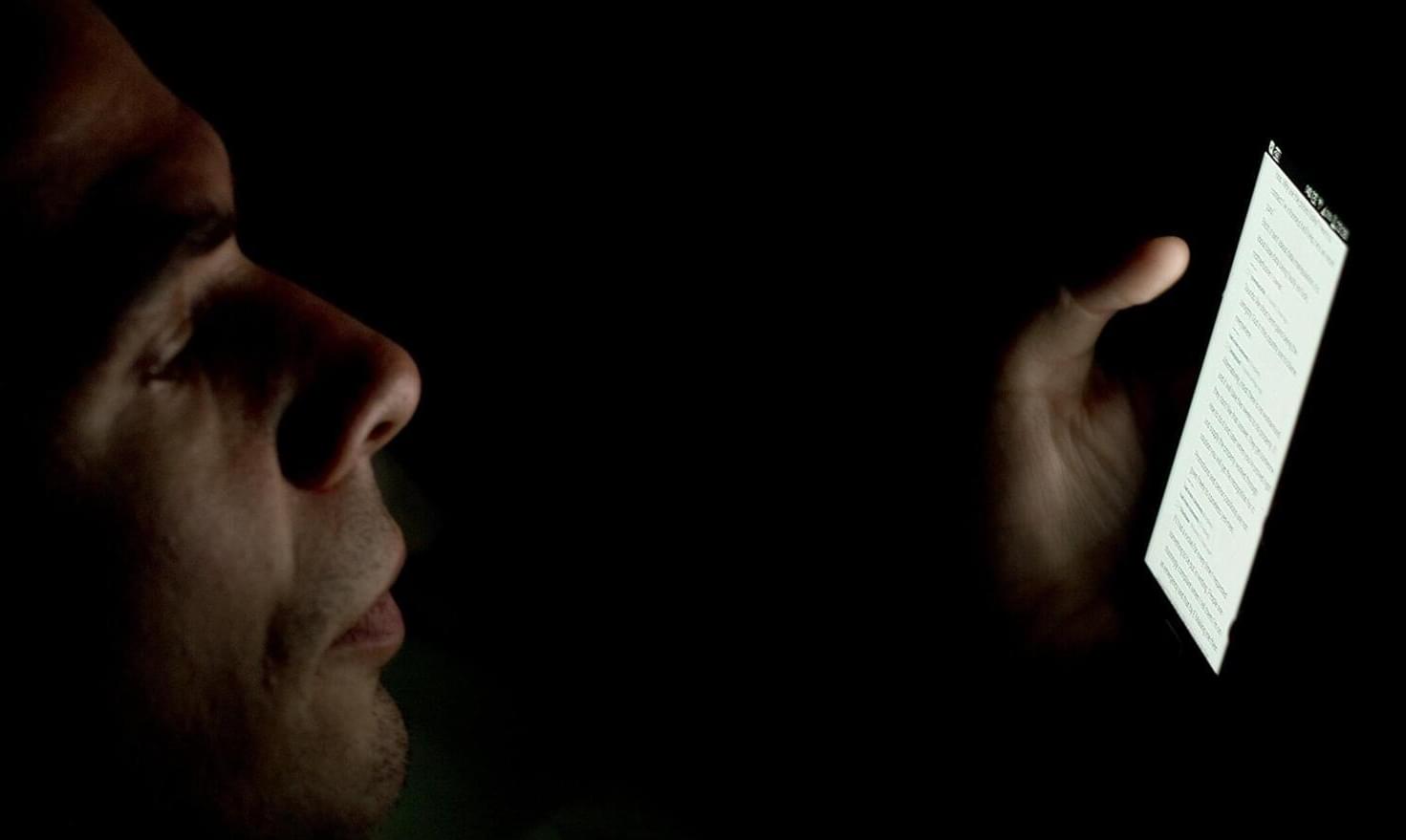
Patterns of smartphone use and their impact on mental health are being extensively studied due to the growing dependence of the device in people’s lives.
A recent study tracked late-night smartphone usage in 79 adults with recent suicidal thoughts for 28 days. People using phones late between 11 p.m. and 1 a.m. showed a higher risk of suicidal thoughts the next day, whereas those who actively used the keyboard beyond midnight hours showed a lower risk.
The findings are published in JAMA Network Open.